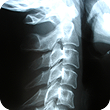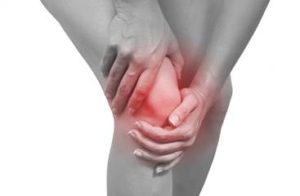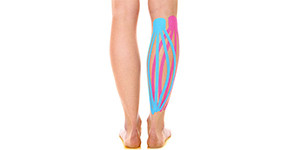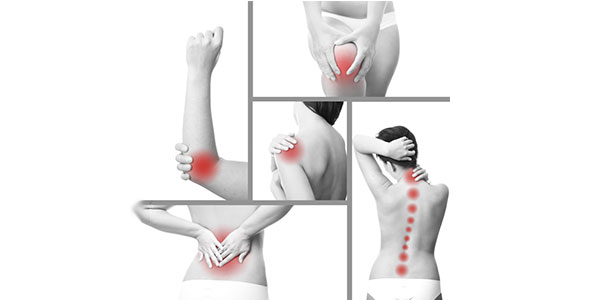If you were to look in your medicine cabinet, you probably have Tylenol, Advil, aspirin and maybe even some other pain relieving medications. When something hurts it seems like our first instinct is to reach for any one of these medications. And if it hurts badly enough, we take a trip to our doctor to prescribe something a little stronger. Unfortunately, this sort of behavior has contributed, directly in some cases, to the opioid and heroin problems we see daily in New Hampshire.
So what can you do if you have pain? Are there alternatives to taking medications? Is there a way to prevent these aches and pains in the first place? Follow the instructions below for what else you can do to help yourself rather than relying on medications. And keep in mind that you’re better off trying to prevent pain than waiting to treat it.
If you have neck, shoulder, or back pain
 Try this: Stretch, exaggerate good posture, chiropractic
Try this: Stretch, exaggerate good posture, chiropractic
Why? Often time muscle spasms and sore muscles along with restricted spinal joints can be the source of back aches and neck pain. These issues can cause chronic changes in your posture thereby perpetuating the aches and pains you have. Chiropractic is the preferred choice for eliminating spinal restrictions while physical therapy is best to correct your posture. Using both specialties together provides superior outcomes.
Prevention tip: Regular exercise, maintain good posture, stay hydrated.
If you have a headache
Try this: Warm compress around the area of your headache, Lie down in a cool, dark room, massage your temples, around your eyes and along the base of your skull.
Why? Your run-of-the-mill headache is usually a tension headache. This implies that muscles around your throat, neck, back of neck and on your scalp have become so tight and irritated that they actually cause headaches. Often times when you massage the correct muscle, you can reproduce the headache symptoms indicating the muscle you have touched is causing your headache.
Prevention tip: Drink plenty of water, exercise and stretch regularly.
If you have muscle soreness
 Try this: Massage or foam rolling the area, moist heat, light exercise
Try this: Massage or foam rolling the area, moist heat, light exercise
Why? Muscles soreness after a morning jog or a hike is a good thing and completely normal. It means you’ve worked your muscles to hard and your body is healing. Massage, foam rolling and warmth help dilate your blood vessels and bring more nutrients to your muscles for healing.
Prevention tip: Maintain good posture, regular exercise, stretch once you’ve warmed up.
If you have joint pain
 Try this: Gentle exercise, ice, heat, stretching
Try this: Gentle exercise, ice, heat, stretching
Why? Joint pain could be caused for many reasons. Generally speaking, heating or icing are the preferred treatments as they can help increase healing and decrease local pain.
Prevention tip:
If you have sciatic leg pain
 Try this: Deep tissue massage, foam roll or rolling on a softball, chiropractic, physical therapy.
Try this: Deep tissue massage, foam roll or rolling on a softball, chiropractic, physical therapy.
Why? Pain that travels down your leg could be due to tight muscles around your hip, lumbar disc injury or sciatic nerve irritation. In all cases, working on the muscles can be relieving but if the pain persists, your could have a more serious injury which requires professional assistance.
Prevention tip: Core exercises, stretching regularly.
In any of these scenarios, taking a pain medication may be helpful at reducing or even eliminating your pain. However, pain is a symptom not a problem. Taking pain medications only serves to eliminate a symptom of the underlying problem. If left unchecked, these small issues can build to become large problems which require extensive rehabilitation or even surgery. Let’s not forget, prolonged use of NSAIDs or prescription pain medication can have serious side effects including heart attack, stroke, ulcers, stomach bleeding, liver and kidney failure, drug addiction and even death.
When in doubt, seek advice from your chiropractor or physical therapist. Otherwise, use these simple tips to help manage your daily aches and pains.

